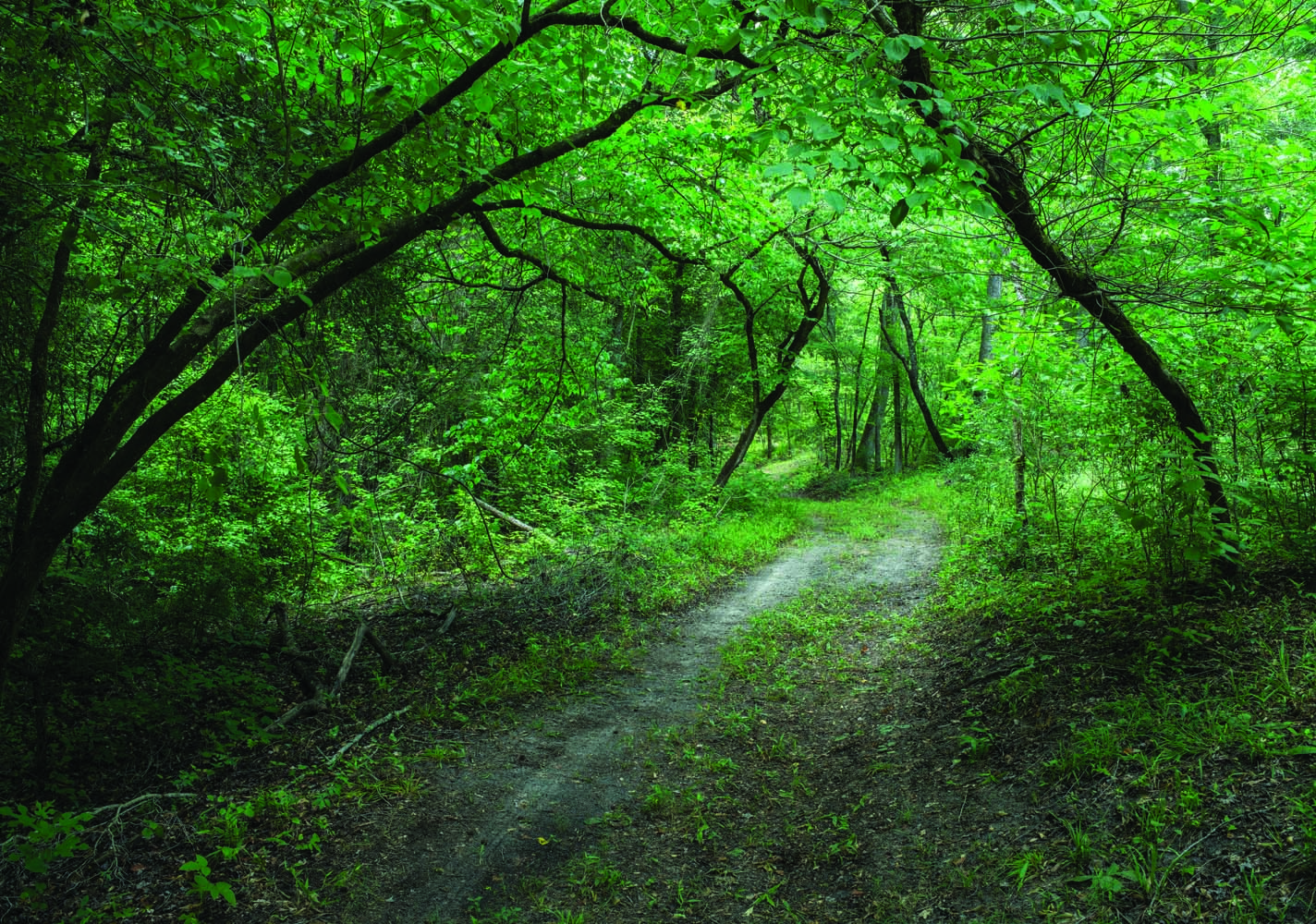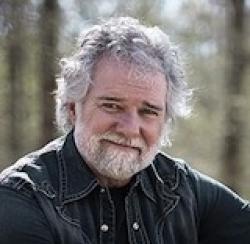Spring always holds the promise of rebirth.
It offers renewal, revitalization, hope, and growth. So in the spring of 2012, I am embarking on an experiment on our family forest, Charlane Plantation.
My wife, Rose Lane, and I have been tree farmers south of Macon, Georgia, since 1981, after Rose Lane inherited some land from her grandmother. It was about a thousand acres of diversified farmland, with row crops, cattle, and some pine timber. Rosie’s family has been connected to the land for many generations. They had a deep love and respect for their land, and had been tending it and performing sustainable stewardship practices for more than a hundred years.
When we married in 1973 and I began to spend time with her family on weekends, holidays and such, their passion for the land became obvious to me—and even began to rub off on me. Personally, I knew little about these things, but found their dedication to the land to be moving and admirable. I enjoyed asking questions about their practices and learning about stewardship and outdoor issues.
Then, in 1981, Miss Julia—the grandmother and matriarch of Rose Lane’s family—passed on, leaving Rose Lane part of her land and the house she lived in, which was called The Home Place. It became our responsibility to carry on this heritage. We raised our daughters here. There are now sons-in-law and grandchildren. Through good luck and patience, we have since expanded the farm to 2,200 acres.
For a way of life, I make my living as a Rock ’n’ Roll piano player—having played with The Allman Brothers Band, my own group, Sea Level, and The Rolling Stones. When we moved to the land, I was also playing on recording sessions with various artists: The Marshall Tucker Band, Bonnie Bramblett, and other talented people. I also came to see that Charlane, the property, was of paramount importance—and I wanted to make sure we did the right thing by the land.
So I embarked on a self-education journey. I went to the library and checked out books on land use, went to other landowners to ask them questions about how they did things, went to meetings and seminars on land use, checked out government sources such as the Forestry Commission, NRCS offices, and the like.
Finally, I enrolled in a correspondence course on forestry when I was on tour in the 1980s with a Texas blues band called The Fabulous Thunderbirds. I did my homework in the back of the tour bus, in dressing rooms, or in the occasional hotel room we would get.
Rose Lane and I decided we would put a focus on forestry for our land, and we began to actively manage Charlane (which is a combination of my proper first name—Charles—and the second of her double name—Lane. It’s pronounced “Shar-Lane”) for long-term forestry.
But here is the thing: it’s not just about the trees and the forest. It’s about everything within. The diverse flora and fauna that exist on the land, the water sources, the biodiversity, the pollinators … the whole ecosystem.
We were serious about it. And, in 1999, Charlane was named the nation’s top tree farm by the National Tree Farm System.
And this leads me to my little experiment.
I decided I would focus on a certain plot of land on Charlane—forty acres—and that I would track it over the course of a year. Through the four seasons. And that I would write about the changes that occur on that land. It will be an exploration of the lives of the trees themselves, the natural grasses, legumes, weeds, and other flowers; what wildlife I see coming in and using it, what effect the weather has; and other things I observe happening on that land. It will be about a specific place.
I thought it would be good to start in the spring, when things are being reborn and life is renewed. So this is the first installment in my little experiment.
First, it is notable that in our area of middle Georgia, we were twelve inches under normal rainfall in the year 2011. And we are not exactly off to a great start for wet stuff this year. As of this writing, we have about a seven-inch deficit. Last year I began to see a lot of stress on our place. Some mature oaks started losing their leaves early last fall, and some of them did not make it through this spring. We have been in a drought, and these are troubling times. We had a very mild—even warm—winter.
I’ve been telling folks “this winter was a really nice summer.” We probably had no more than thirty or so days that were what I would call cold … and probably no more than fifteen that got below freezing. We have had some rain since January, and we are grateful for all we get. But again, we are starting out the year with a deficit, and if we have another drought in 2012, we stand to see some major changes.
Admittedly, nature is such that the strong survive, and a drought like we are in inevitably culls out the weaker trees and plants, allowing the stronger ones to live. And while our forests are truly resilient, they are subject to stress and it is not difficult to notice it.
For this experiment, I wanted to find a place that had diversity. An area that has different species of trees within it, a variety of plant species, and a place where I would likely see some wildlife from time to time. For that, I set up three trail cameras in hopes of getting some good pictures that would show me what was coming in. To attract some wildlife, I also set up an automatic feeder that would come on twice a day to scatter some corn on the ground.
I decided to use our Nature Trail and the surrounding area at Charlane as the plot of land.
Our trail is about a mile long and more or less parallels a ravine that is on a low area of our property. The trail is a long oval shape that goes around the ravine, and has a nice diversity of trees and plant life. There are some thirty-five or so different species of trees throughout: loblolly pine, slash pine, sweetgum, red oak, laurel oak, sycamore, sugarberry, dogwood, ironwood, American elm, winged elm. The topography is also quite diverse, from a low point of the ravine to the hillside that surrounds it. It is a lovely place. Peaceful.
This spring, I decided to start taking notes about the state of the land. We try to leave the trail in a natural state, not removing dead trees and such unless they block the trail or cause some kind of endangerment. This gives nature a chance to go through its cycle. Deadwood recharges the earth with nutrients, which, in turn, leads to new use and new life.
When trees die for any reason, the woodpeckers begin to feed on insects that get into the bark, and then eventually when the limbs and other parts of the tree finally rot enough to fall to the ground, other insect species begin to come into the detraining wood to feed. Then worms, beetles, and other life come into play to feed. It creates quite a cycle of life, created by death.
These are slow processes, and it takes longer than a year to follow some of these occurrences and cycles, but one can certainly see changes that take place in a year’s time.
So: the first observance in this past spring is that we are indeed in the beginning of a second year of drought. Last fall I began to see some trees that appeared to be dying due to the drought stress. I didn’t want to make a determination about them until spring, as sometimes the browning leaves in fall and winter can be deceiving, leading one to think the tree might be dead, but in the spring the tree might rebound.
Unfortunately, this is not the case with what I saw on the Trail last fall. When spring lit up the woods behind the winter months, the leaves on those oaks that I hoped would survive remained brown and the trees lifeless.
Normal annual rainfall for my area of Georgia is about forty-five inches, and we are well below that level. Back-to-back droughts are not good. Not good for trees, not good for ground water, and just plain not good! My hope is that it doesn’t get any worse for the rest of the year. Long term, plants and animals can make adjustments, but not without loss and change.
Hopefully we will break this down-cycle soon and get back to a sense of normalcy. But for now, while there have been some visible effects of the drought, it could certainly be worse. This spring the dogwoods, azaleas, spireas, and forsythias were bright and beautiful.
It is wonderful to witness. At least the rain we did have came at a good time, allowing them to bloom.
The understory of the pine and hardwood forest looks reasonably good: aggregate fruits, grasses, and weeds like lespedezas, gall berry, blackberry, dewberry, panicum grasses, ragweeds and such have bloomed and are trying to make seed and fruit. Maybe they will not grow as prolifically as I’d like to see, but at least they are OK for the moment.
We really need rain. We simply need rain. If we don’t get the water, then the wildlife will also begin to suffer from a lack of available food—and then the stress on all that life that inhabits Charlane’s forest begins to bump into everything.
Speaking of wildlife, I have seen plenty of turkeys this year on this part of the property, both adult and juvenile. They’re pairing and nesting; new life has begun for turkeys as well as for the quail and other ground-dwelling birds on the property, and we have had a pair of Canada geese nest on the island of our pond for the third year in a row. The last two years they hatched and raised six goslings. This year, however, only two have survived, but the young ones seem to be healthy and fine.
So, we begin this yearlong observance of this forty-acre tract of rich, fine land, knowing that we have the challenge of being some nineteen inches under normal rainfall over the past sixteen months but with gratitude that it isn’t worse—and with optimism that the land will bear up under the circumstances and will adapt as best it can.
I have lately also observed a good bit of wildlife on the forty-acre tract as well as a healthy array of songbird—including a variety of finches, cardinals, bluebirds, mockingbirds, and other varieties, as well as a pair of red-tailed hawks, several crows, pileated woodpeckers, owls, and other species—still making it home. It’s a good home. And a home Rose Lane and I and our family care about.
Now, let’s see how everything on the land fares into the summer months.









